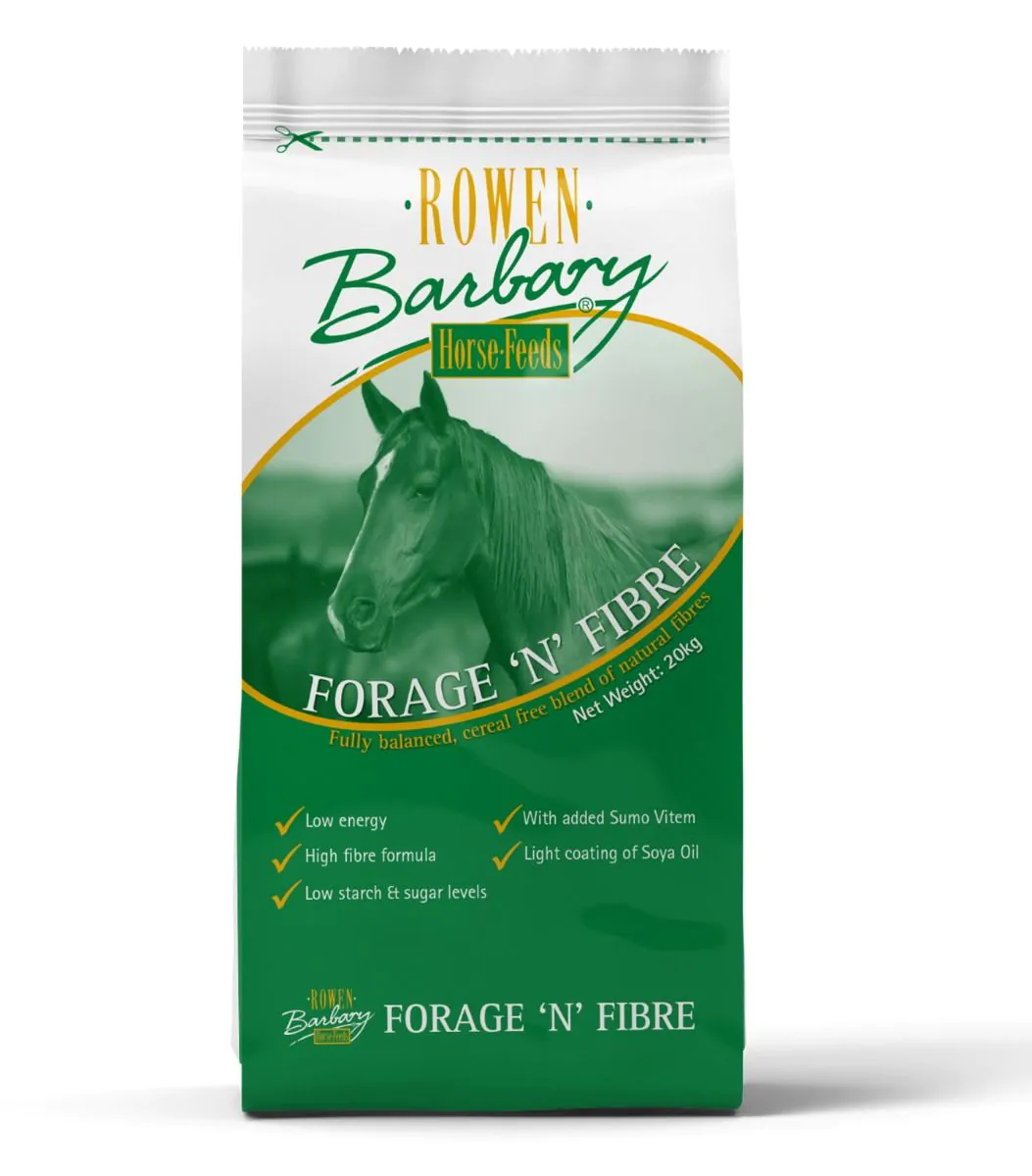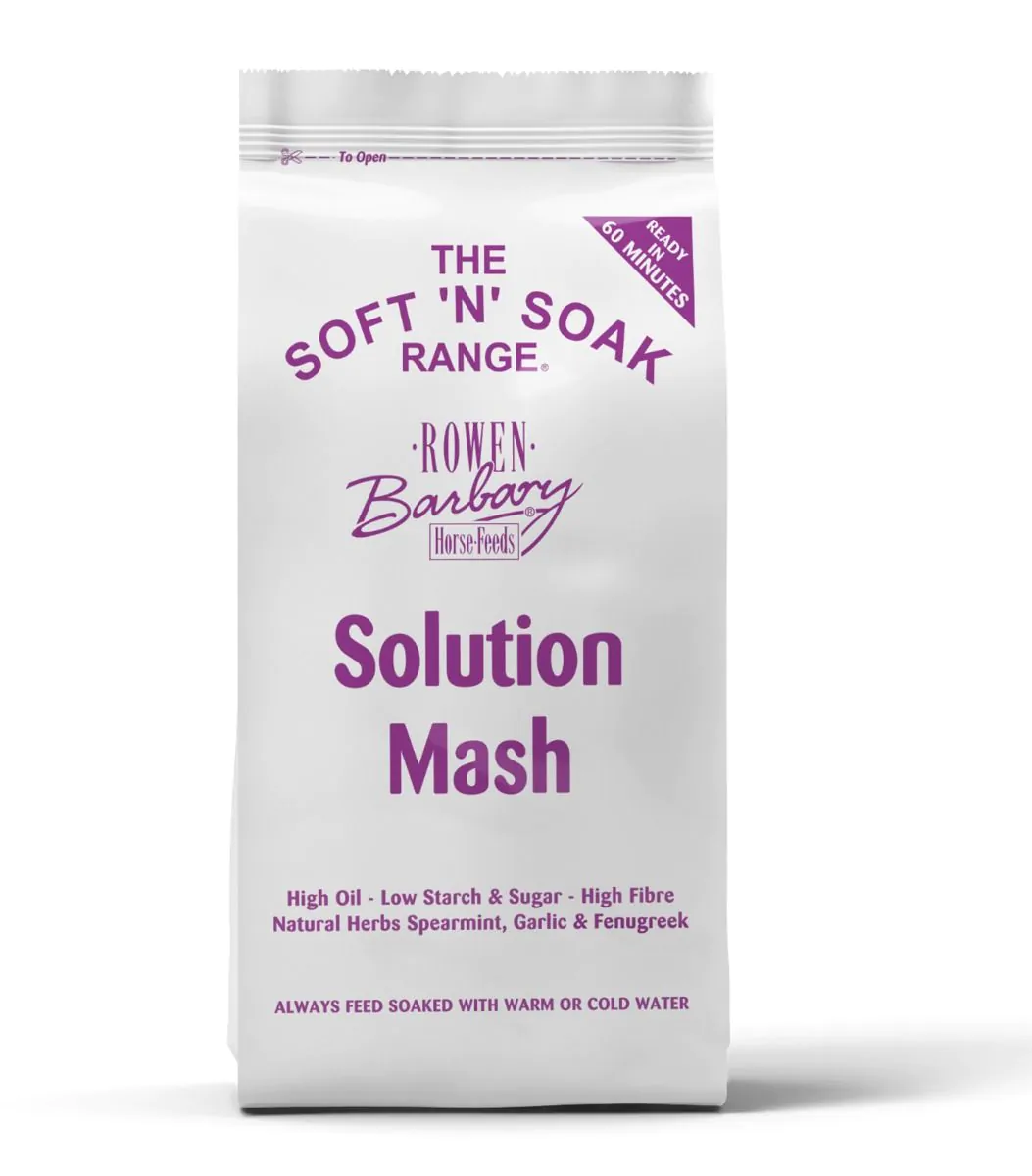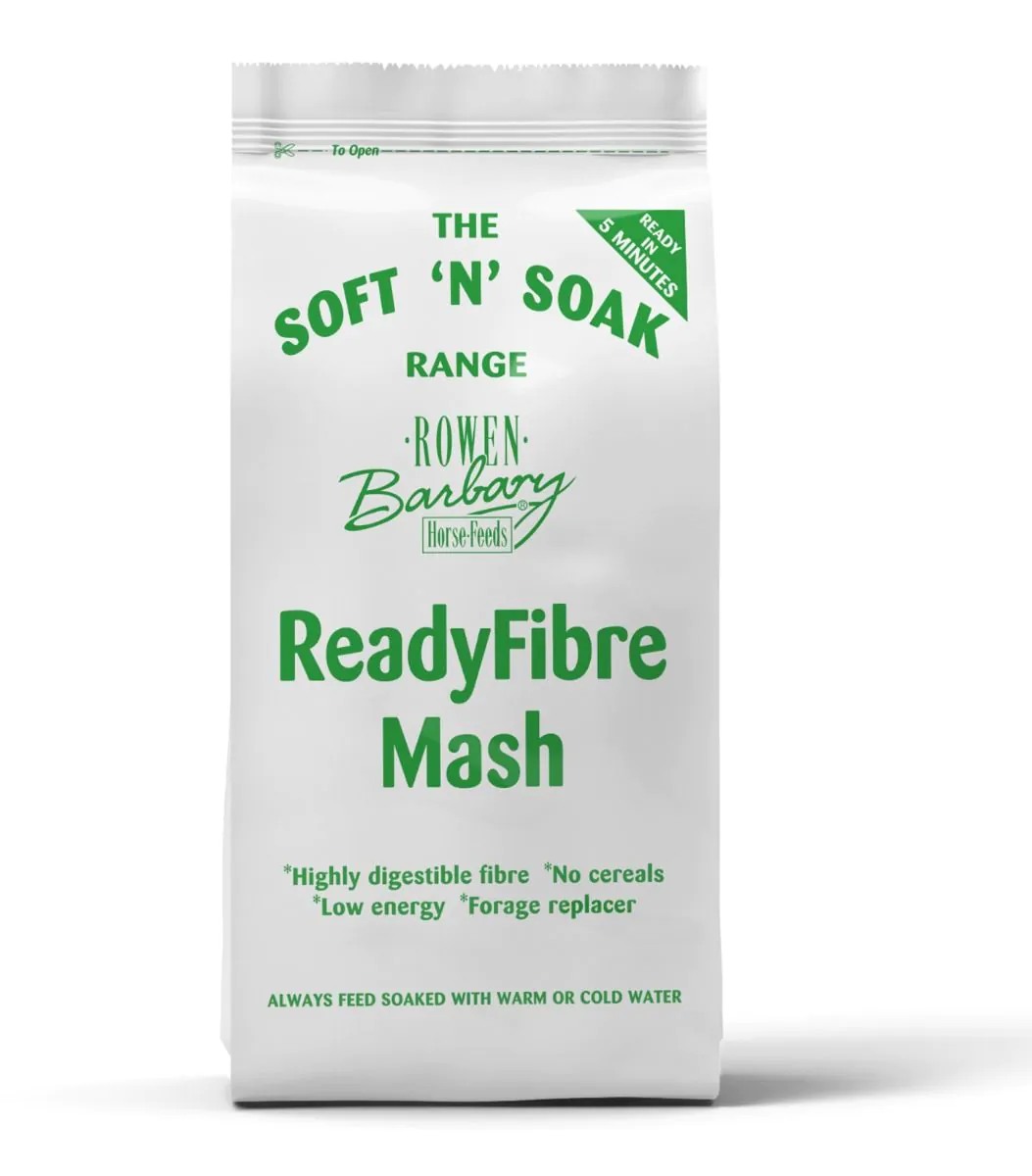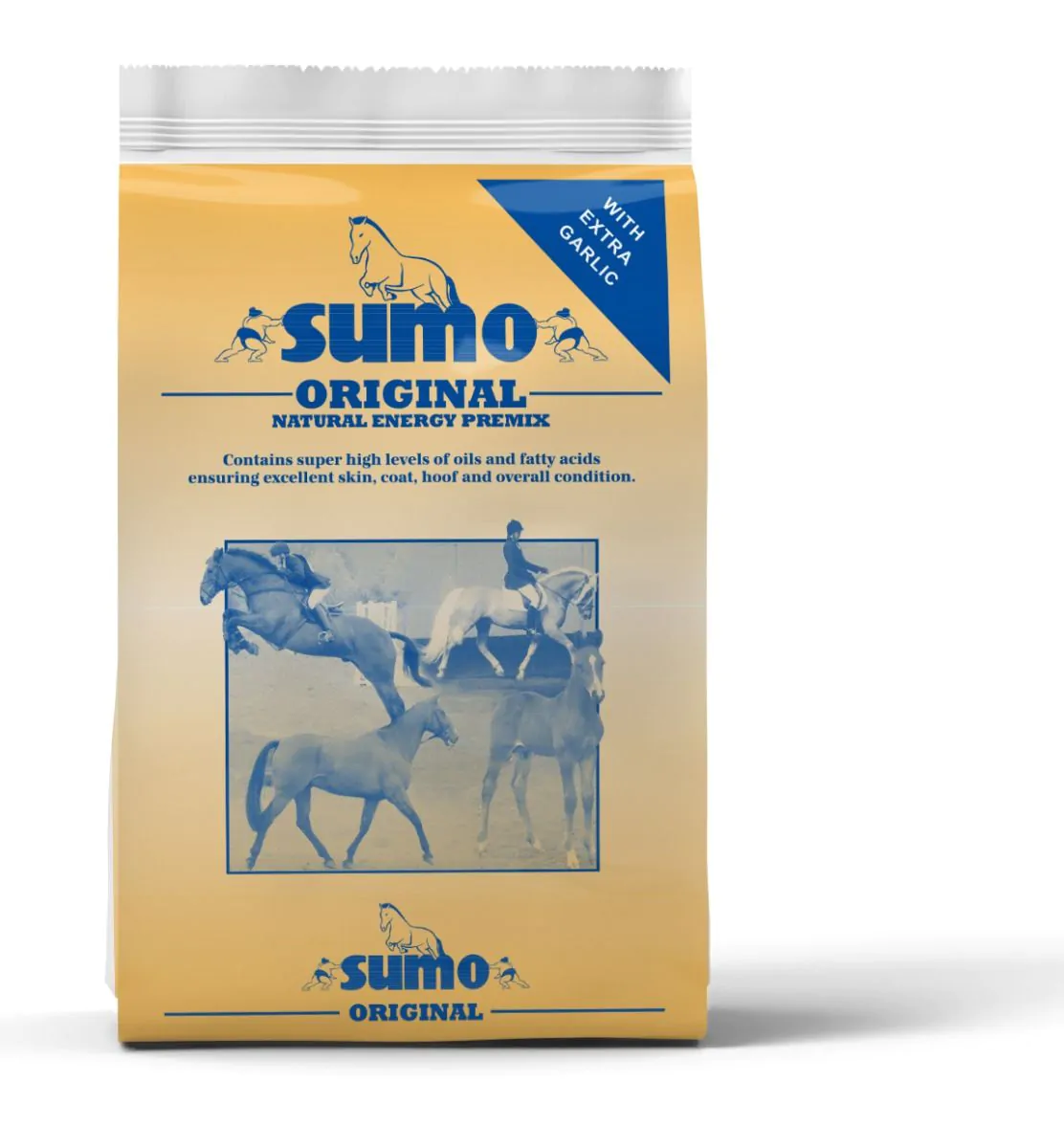- 27th August 2019 by Rowen Barbary
Understanding Cushing's Disease
What is Cushing's disease?
Pituitary Pars Intermedia Dysfunction (PPID) is the correct term for the disease commonly known as Equine Cushing's Disease. Once considered a rare hormonal disease it is now thought to affect 20% of horses over the age of 15, with the risk of developing the disease increasing directly with age.
The disease is caused by changes in the pituitary gland which is located at the base of the brain. The pituitary gland is regulated by a substance called dopamine and produces a variety of hormones which are distributed around the horses body via the bloodstream. These play an important role in maintaining and controlling a variety of body functions.
Horses with Cushing's disease don't produce enough dopamine which means that the pituitary gland is unregulated, and produces too many hormones including Adrenocorticotropic hormone (ACTH).
Sign's to look out for
- Hypertrichosis (long curly hair coat) is a common symptom which is characterised by failure to shed a long curly hair coat, which may become thin and long.
- Increased water intake and urination (polyuria/polydipsia) is one of the most common complaints and can occur in up to a third of horses.
- Laminitis can be seen in horses with pituitary dysfunction.
- Lethargy or a more docile temperament.
- Excessive or inappropriate sweating.
- Recurrent infections such as foot abscesses, tooth root infections and sinusitis occur more commonly in horses with Cushing's compared to normal horses of the same age because some of the hormones released with the condition suppress the immune system.
- Loss of muscle mass, especially over the hindquarters.
- Abnormal fat distribution such as a pot-bellied appearance and fat pads around the eyes.
- Infertility

About Rowen Barbary
All manufacturing at Rowen Barbary is carried out in a state of the art mill located in the heart of the Shropshire countryside. We use only the highest quality ingredients sourced, where possible, from local farms before they are blended by our dedicated team in our UFAS audited mill.
Rowen Barbary also conforms to BETA NOPS guidelines with raw materials & finished feeds regularly laboratory tested to ensure that every bag of feed continues to meet not only ours, but also your high standards.
We Recommend...





